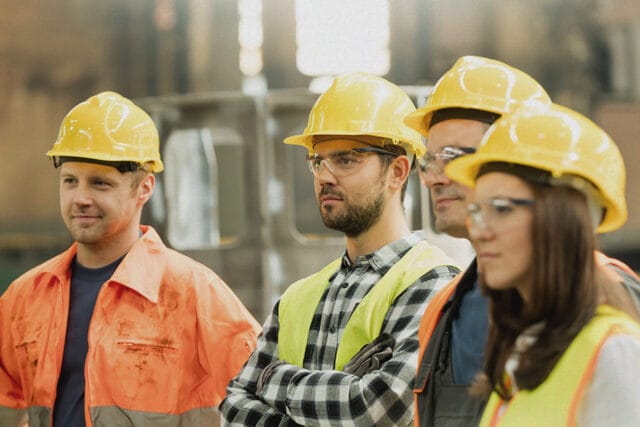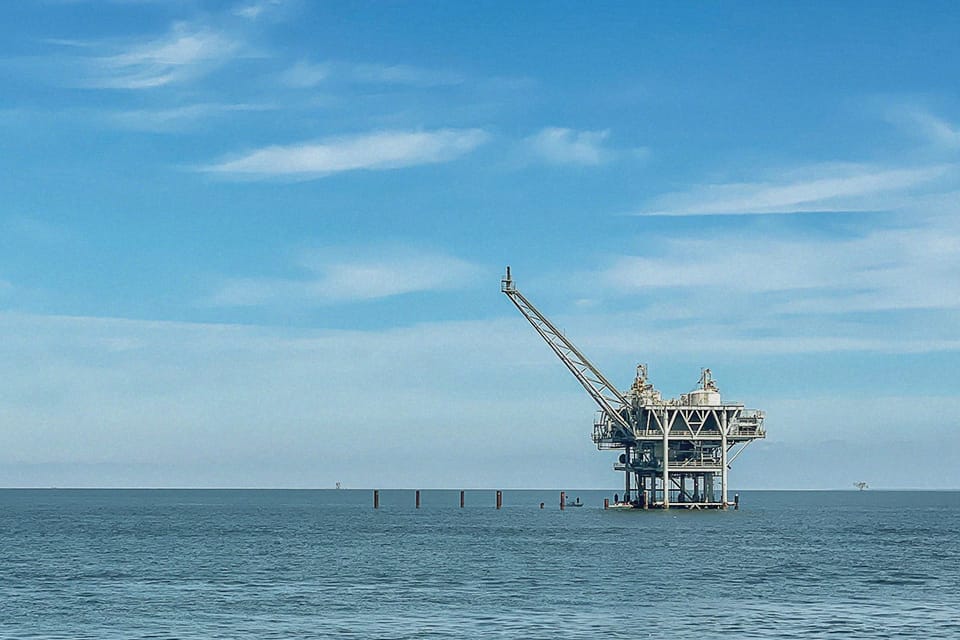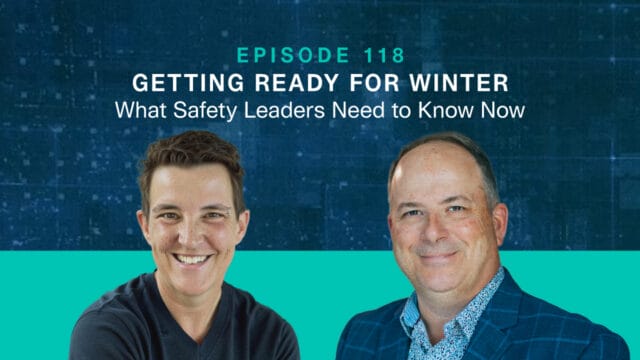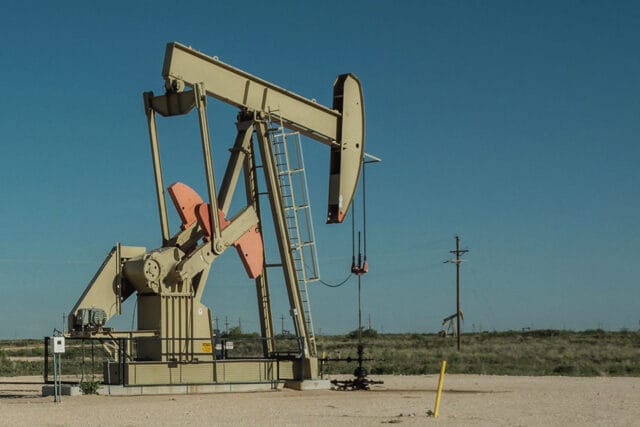
Veriforce: A Legacy of Safety and Compliance from Day One
View Post

Veriforce’s journey began on a dock in South Louisiana in the early 1990s. Charlie Carr, working for a foundry that made anodes to protect offshore platforms from electrolysis, was involved in supporting the installation of these anodes. His workdays often started before dawn, waiting for safety briefings that varied from rig to rig, but were often repetitive.
His experiences sparked an idea that would not only streamline safety processes. They also lay the foundation for what Veriforce has become today — a global leader in safety and compliance.
A Vision for Standardization
Carr saw an opportunity to standardize safety briefings across different oil platforms. Rather than forcing workers to sit through nearly identical presentations for each new job, why not create a single standard? This would save time, reduce costs, and most importantly, improve safety outcomes. But he knew he couldn’t do it alone.
In 1993, Carr brought together 10 of the largest oil and gas operators and 10 major contractors, forming the Petroleum Education Council (PEC), a non-profit organization. The mission was simple but powerful: to create a standardized safety orientation program for offshore workers.
The program issued wallet cards to all who completed it and created a database to track participants, preventing workers from having to retake the program at each new job. This saved significant time and resources while improving safety outcomes.
Council Development Corporation (CDC) was established to manage PEC, as the oil and contractor companies did not want any fiduciary responsibilities. The result was a groundbreaking initiative that changed how safety was managed in the industry.
Four years later, in response to evolving safety needs, the oil companies raised the standards further with the creation of SafeGulf. This initiative implemented even more rigorous requirements for offshore safety, enhancing the already established safety protocols.
Safety was no longer a box to tick; it was a core value.
The Creation of the Standardized Safety Questionnaire
In 1996, another problem surfaced. Contractors working for operators had to submit extensive safety information, but each operator had its own unique questionnaire, creating a sea of paperwork.
Carr once again rallied industry leaders to create a standardized process — the Standardized Safety Questionnaire (SSQ). This made it easier for contractors to submit their safety records and, more importantly, gave operators a more reliable way to access safety performance.
To manage the SSQ and the standardized audit (which were not included in PEC’s charter), Premier Safety Management was created. This allowed for more efficient handling of the growing compliance requirements in the industry.
Digital Transformation: The Evolution of Compliance Pro
By the early 2000s, paper forms and faxes were becoming relics of the past, and PEC Safety recognized the need for a digital solution. The SSQ became an online product with contractors filling out the information once and PEC housing it for all member operators to review. Then in 2004, PEC Safety launched Training Tracker, a digital platform to track the results of safety courses such as PEC Basic and PEC Core Compliance which house over 1.5 million training records.
This was a game-changer for both contractors and operators. No longer would safety records be lost in mountains of paperwork or delayed in fax machines.
In 2008, PEC Safety was selected to host the SafeLandUSA database, further cementing its position as a leader in safety training and compliance. The Advanced Training Tracker was launched soon after, allowing contractors to manage employee training records more efficiently. This laid the groundwork for what would become Compliance Pro platform, Veriforce’s flagship tool for managing safety, compliance, and training data.
Veriforce Takes Center Stage
In 2010, PEC played a critical role in responding to the Deepwater Horizon oil spill. With a vast network of safety instructors, the company trained 150,000 volunteers and professional responders in the Hazardous Waste Operations and Emergency Response (HAZWOPER) protocols in under 90 days.
This not only demonstrated the company’s operational capacity, but also solidified its reputation as a trusted leader in the oil and gas industry.
By 2013, PEC Safety had grown exponentially, with over 150 employees and a rapidly expanding client base. Recognizing the need for external expertise to guide the next phase of growth, the Carr family sold a majority stake of the company to Eagle Ridge Partners in 2014.
This marked a turning point, as the company began transitioning from a service provider with some software offerings to a full-fledged Software as a Service (SaaS) company.
By 2018, Veriforce had reached a significant milestone, growing to a valuation of $200 million. That same year, private equity company Thoma Bravo acquired a majority stake, replacing both Eagle Ridge and the Carr family as primary stakeholders. With their expertise, Thoma Bravo retained the existing leadership team and brought invaluable experience to help Veriforce continue its rapid growth and scaling efforts.
The Veriforce Brand is Born
In 2019, PEC Safety acquired Veriforce, a Houston-based provider of Operator Qualifications (OQ) training for pipeline workers. OQ training is mandated by the U.S. Department of Transportation (DOT), and Veriforce had become the largest provider in that space. The acquisition was a perfect fit, aligning with PEC’s mission to promote safety and compliance across industries.
Recognizing that “Veriforce” had a broader and more dynamic appeal, the company rebranded itself under the Veriforce name. PEC Safety remained a trademark for its accredited learning content, now known as PEC Learn. The Veriforce brand was now the face of the world’s largest network of clients, contractors, and training professionals.
Global Expansion and the Road Ahead
Even during the challenges of the COVID-19 pandemic, Veriforce continued to expand. In 2020, the company acquired ComplyWorks, a Canadian compliance management firm, marking its first international expansion. This acquisition solidified Veriforce as a global leader, with operations extending to Europe, the UK, and Australia.
In 2023, Veriforce acquired CHAS Ltd, further expanding its reach across Europe and Australia. Since then, Veriforce has worked towards integrating these new acquisitions into its global Compliance Pro platform, making it easier than ever for international companies to manage safety and compliance on a global basis.
Safety and Compliance: The Heart of Veriforce
From its humble beginnings on in Louisiana, Veriforce has grown into a global leader in safety and compliance, with a mission that has remained unchanged. Safety is not just something Veriforce does — it’s who they are. By creating standardization, simplifying compliance, and using technology to streamline processes, Veriforce ensures that workers in the oil, gas, and many other industries can operate safely and efficiently.
Today, Veriforce serves over 3,800 clients globally, providing them with the tools and training needed to meet the highest safety standards. As we continue to innovate and expand, one thing remains clear: Veriforce’s commitment to safety and compliance has been unwavering since day one. Our mission, to bring workers home safe from high-hazard jobs, has also remained unchanged.




